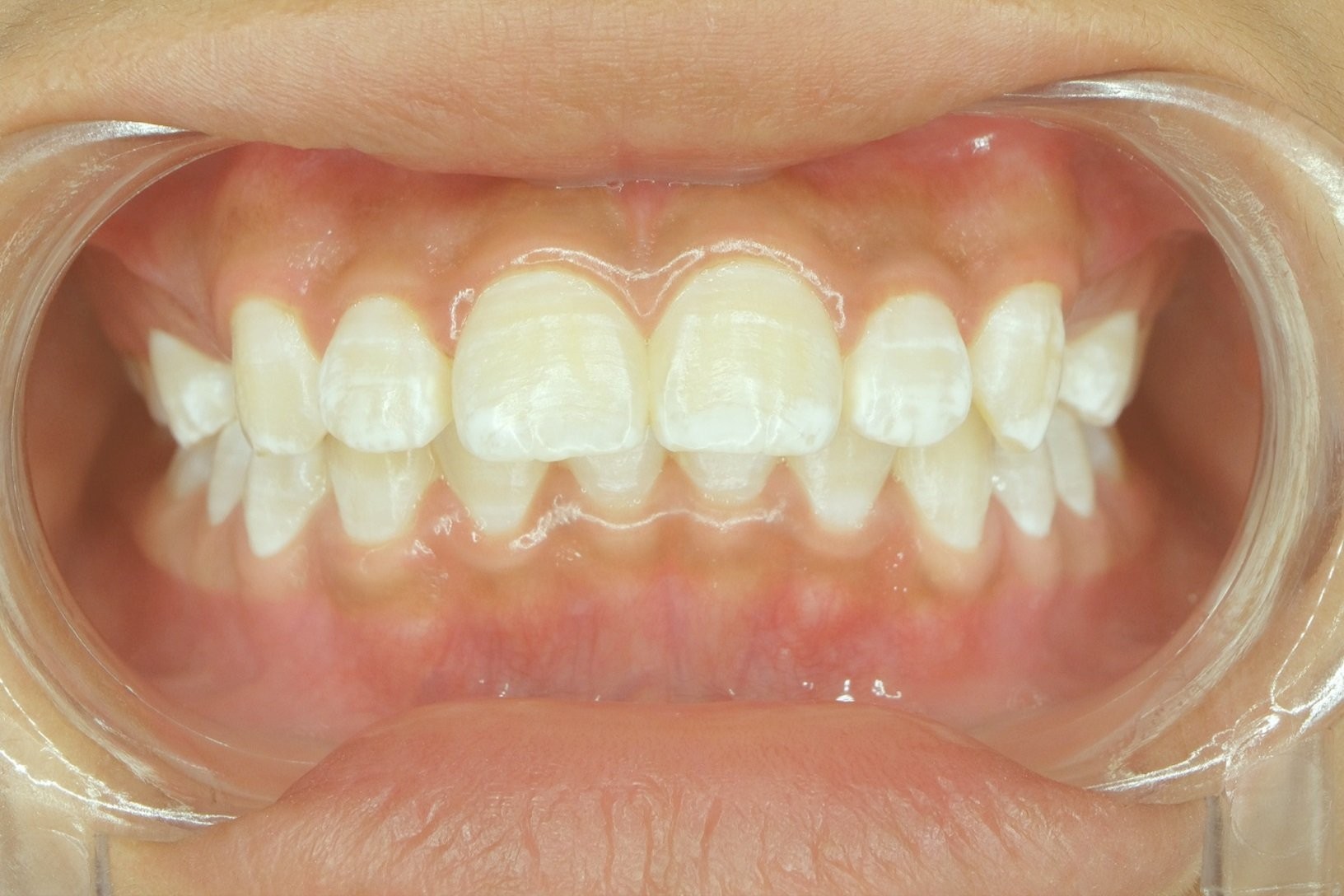White spots on your teeth, even with diligent brushing and flossing, can be concerning. Understanding the reasons behind these spots is crucial for effective treatment and preventing future oral health issues. This article explores the common causes of white spots on teeth, available treatment options, and preventive measures.
 White spots on teeth causes
White spots on teeth causes
Common Causes of White Spots on Teeth
Several factors contribute to the development of white spots on teeth:
1. Enamel Demineralization
Demineralization occurs when bacteria in the mouth produce acids that leach minerals from the tooth enamel. This process leaves behind white, decalcified areas that are more susceptible to decay. These white spots often signal early tooth decay.
2. Enamel Hypoplasia (Turner’s Tooth)
Enamel hypoplasia is a developmental defect affecting enamel quality and thickness. This condition results in thin or weak enamel, often appearing as white spots. Causes include malnutrition during tooth development, maternal smoking, premature birth, and high fever during childhood illnesses. Teeth with enamel hypoplasia are more prone to sensitivity and decay.
3. Fluorosis
Excessive fluoride exposure, especially during childhood tooth development, can cause fluorosis. While fluoride strengthens teeth, too much can lead to white spots or streaks on the enamel. Sources of excess fluoride include swallowing toothpaste, consuming fluoridated water in high concentrations, or taking excessive fluoride supplements.
Treatment Options for White Spots
Treatment for white spots depends on the underlying cause:
Demineralization
Improving oral hygiene is paramount. Brushing twice daily for two minutes with fluoride toothpaste, daily flossing, and regular dental checkups are crucial. Your dentist may recommend professional fluoride treatments to remineralize the enamel and prevent further decay. If a cavity forms, a tooth-colored filling will be necessary.
Enamel Hypoplasia (Turner’s Tooth)
If Turner’s tooth isn’t causing decay or sensitivity, treatment may not be medically necessary. However, cosmetic options like professional teeth whitening or dental veneers can improve the appearance of the white spots if desired.
Fluorosis
Mild fluorosis often requires no treatment. Reducing fluoride intake by using a pea-sized amount of toothpaste, switching to bottled water, and avoiding fluoride supplements can help prevent further discoloration. For more severe cases, cosmetic treatments like teeth whitening, veneers, or crowns can address the discoloration.
Preventing White Spots on Teeth
Preventive measures can significantly reduce the risk of developing white spots:
Demineralization and Enamel Hypoplasia Prevention
- Maintain excellent oral hygiene: Brush and floss diligently.
- Rinse with water after eating or drinking: This helps neutralize acids.
- Limit sugary and acidic foods and drinks.
- Avoid frequent snacking and sipping (except water).
Fluorosis Prevention
- Supervise children’s toothbrushing: Ensure they use a pea-sized amount of toothpaste and spit it out instead of swallowing.
- Monitor fluoride intake: Consider bottled water if your tap water has high fluoride levels. Consult your dentist about fluoride supplements.
Consulting a dentist is crucial for accurate diagnosis and personalized treatment recommendations for white spots on your teeth. Early intervention can prevent further damage and preserve your oral health.

